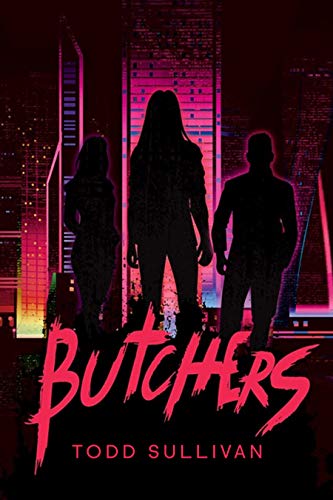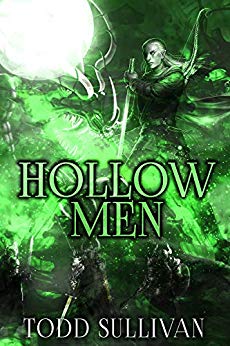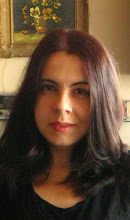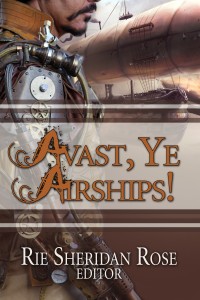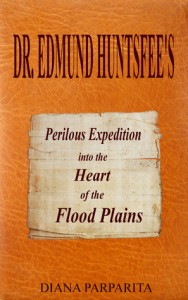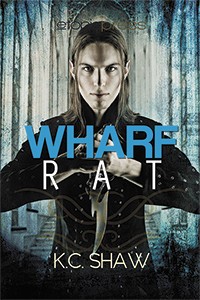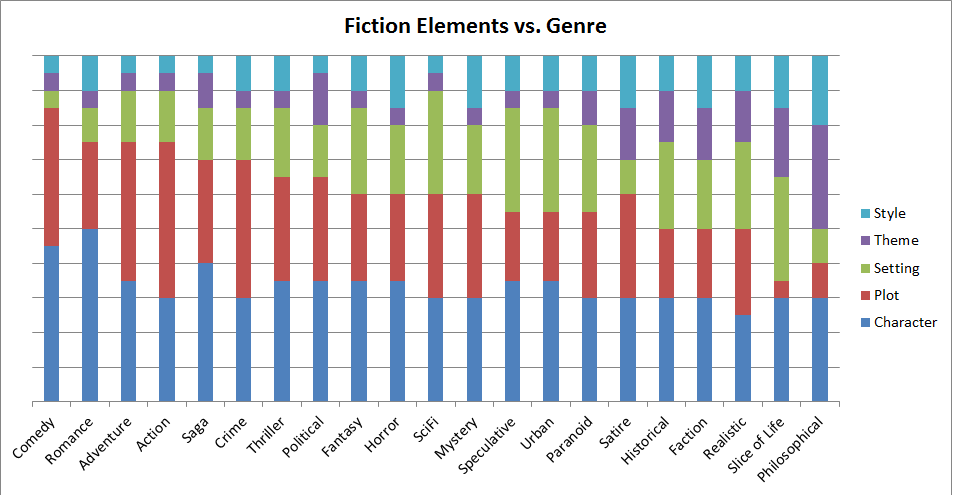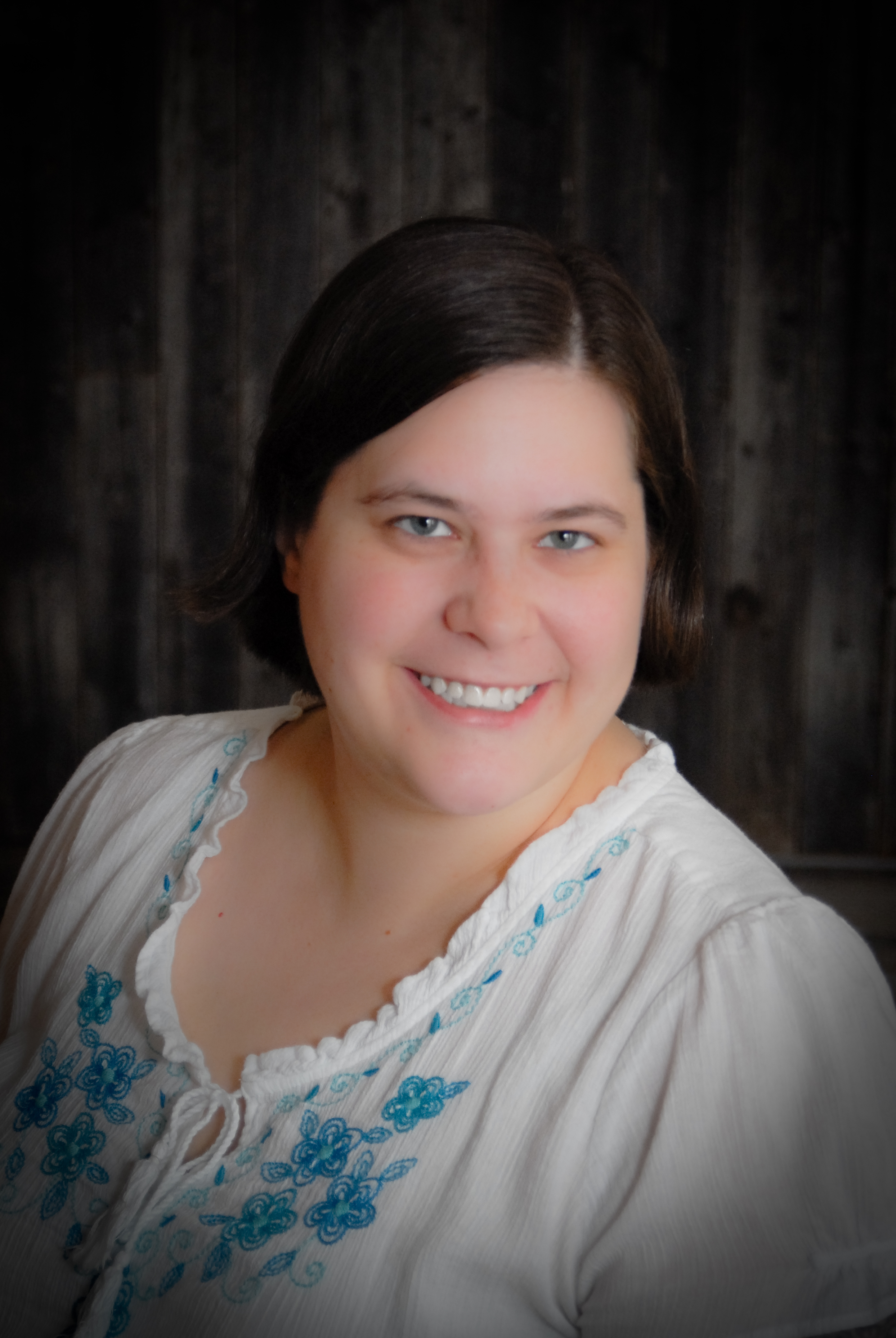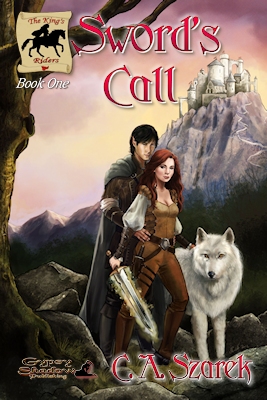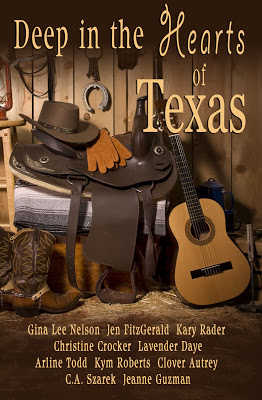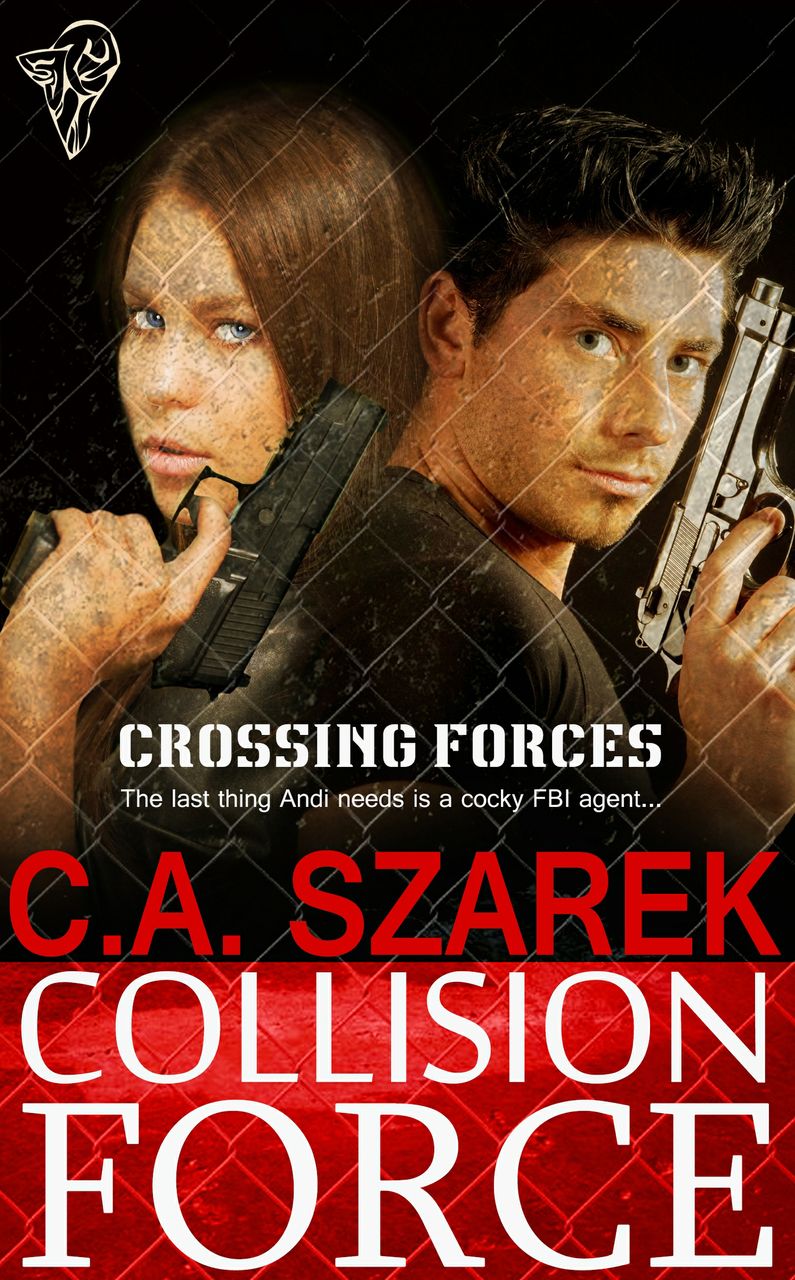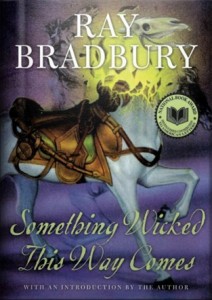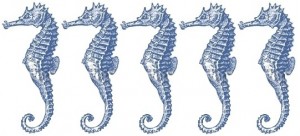Readers with long memories will recall I interviewed Todd Sullivan once before. I decided to interview him again because a lot has happened in his writing career. He’s got two novellas being published soon.
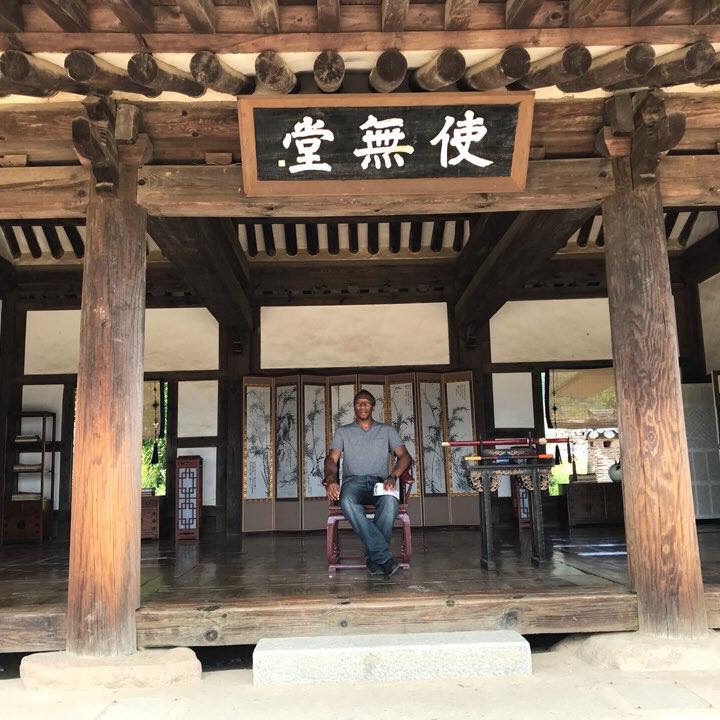
Todd Sullivan teaches English as a Second Language, and English Literature & Writing in Asia. He has had numerous short stories, novelettes, and novellas published across several countries, including Thailand, the U.K., Australia, the U.S., and Canada. He is a practitioner of the sword-fighting martial arts, kumdo/kendo, and has trained in fencing (foil), Muay Thai, Capoeira, Wing Chun, and JKD. He graduated from Queens College with a Master of Fine Arts in Creative Writing, and received a Bachelor of Arts in English from Georgia State University. He attended the Bread Loaf Writers’ Conference and the National Book Foundation Summer Writing Camps. He currently lives in Taipei, Taiwan, and looks forward to studying Mandarin.
Here’s the interview:
Poseidon’s Scribe: Since I last interviewed you in September 2017, what have you been writing?
Todd Sullivan: Funny enough, I’ve still been writing from the same narrative universe that that 2017 story, “Wheels and Deals,” published in the Dark Luminous Wings anthology, took place in. My current novella, Butchers, is a vampire story that takes place in South Korea. But the actual storyline, along with several other short stories that were published between 2016 and 2018, all exist in the same nightmarish reality.
P.S.: What are the titles of the other stories?
T.S.: “Gwi’shin,” published in Eastlit Journal; “Transubstantiation,” published in Aurealis Science Fiction & Fantasy. “Chingu,” published in Tincture Journal. “The Ascent Made Him Plunge,” published in The Big Book of Bootleg Horror 2. They’re all connected.
P.S.: You’ve been busy, and successful in getting your stories published. Congratulations on the publication of Butchers. The book cover is eye-catching. If you had to describe this novella in three words, what would they be?
T.S.: To coin Public Enemy, “Fight the power.”
P.S.: The story is set in Seoul, South Korea. Why did you choose that setting?
T.S.: I lived in South Korea for ten years, three of which were spent in Seoul. The very first incarnation of this story took place on a small island at the southern-most tip of the country called Jeju. Jeju will still play a pivotal role in how the ongoing narrative unfolds. If one can imagine the narrative universe as a typhoon, Jeju is the center of the maelstrom.
P.S.: So many horror stories deal with vampires working alone. In Butchers, there’s an entire vampire organization with initiation rites, rules, a mission, and rogue members. What can you tell us about this group?
T.S.: The Gwanlyo is, in many ways, the tyrannical employer. Mindlessly cruel, and diabolical, with arcane regulations that seem to serve only one purpose: to torture their employees.
P.S.: The novella’s protagonist, Sey-Mi, sounds fascinating. Please tell us what she’s like at the beginning of the book.
T.S.: Kim Sey-Mi is a graduating high school senior who, like Alice, tumbles down the rabbit hole. She meets strange and terrible figures, and the question is will she become one of them: a strange, terrible person.
P.S.: You describe this as a novella of extreme horror. Why will this book appeal to horror and vampire fans?
T.S.: As a vampire fan myself, I have to admit that it doesn’t take much to make me fall in love with a vampire story. I think a lot of vampire fans share a similar sentiment. I think, though, that Butchers is a unique take on the mythology. It combines Korean culture with Western horror to create an exciting fusion of ideas. I think even a vampire fan really appreciates a new take on the undying genre.
P.S.: Is the launching of this book coming soon? How can eager readers find out more, and buy it?
T.S.: Butchers is available to purchase now in ebook and book form. The official launch date is December 5th, and there will be a Facebook event from 10am to 12am EST where I’ll answer questions, and where an attendee can win a free copy of the novella.
P.S.: I understand this will be the first of a series. What can you tell us about the second book?
T.S.: The Gray Man of Smoke and Shadows is a stellar tale that focuses on a character introduced in Butchers: Hyeri. I had a lot of fun writing Hyeri, and I knew that the next book in the series would be about her. There’s no point in wasting a character this good.
P.S.: You’ve also got another novella soon to be published, called Hollow Men. I love its cover image as well. Please give us three words to describe this book.
T.S.: Death comes easy.
P.S.: Please describe the setting of this work of epic fantasy. Where and when are you taking your readers this time? What makes this setting different from most other works in this genre?
T.S.: So, Hollow Men takes place in a fantasy version of medieval South Korea. The story revolves around men who go on quests to become heroes. The story also deals with the politics of being a foreigner in a homogeneous society. And it’s different because it fuses the east and west in a tale of swords & sorcery. It’s a D&D campaign that takes place in the Hermit Kingdom.
P.S.: What are the fantasy elements in the story? I understand there’s a heroic quest, a magic sword, and a knight. What else will readers encounter?
T.S.: I guess the narrative touches upon the ideas of globalism. We can say that we are all just the human race, but do we really believe it? Actions speak louder than words, and if one were to look at the actions of the world’s people, can one really say that we truly believe we are all of the human race? So imagine this quandary using the metaphor of the fantastical, and that’s Hollow Men.
P.S.: Please paint a word picture of Ha Jun, your protagonist.
T.S.: Ha Jun is a young man who increasingly realizes that the world is trying to kill him. And he’s simply trying to figure out how to stay alive.
P.S.: When and where can readers get this book?
T.S.: Hollow Men’s expected release date is December 9th, 2019. It would make a great Christmas gift for teen readers.
P.S.: It certainly would. You also intend this novella to be the beginning of a series. Can you give us a glimpse of the second book, and what connects the two?
T.S.: Life is a constant struggle. That’s actually the general theme of this fantasy series. One keeps fighting, and either one dies, or one survives to fight again. There is no peace. There is only the hustle, the struggle to survive.
Poseidon’s Scribe: Where can readers go to find out more about you?
Todd Sullivan: Facebook, Twitter, or Instagram.
Thanks, Todd, and best of luck with both novellas and both resulting series.

